Sony FE 70-200 f/4 G OSS Lens Review – Part 3
The first part of this review can be found here – http://www.verybiglobo.com/sony-fe-70-200-f4-g-oss-lens-review-part-1/ and the second here – http://www.verybiglobo.com/sony-fe-70-200-f4-g-oss-lens-review-part-2/
Let’s take a look at 200mm performance and few more aspects starting with obligatory ISO 12333 chart. (Please note, that chart has over 70cm width, but the distance from the camera was still close to MFD. That is important to remember for later analyze…)
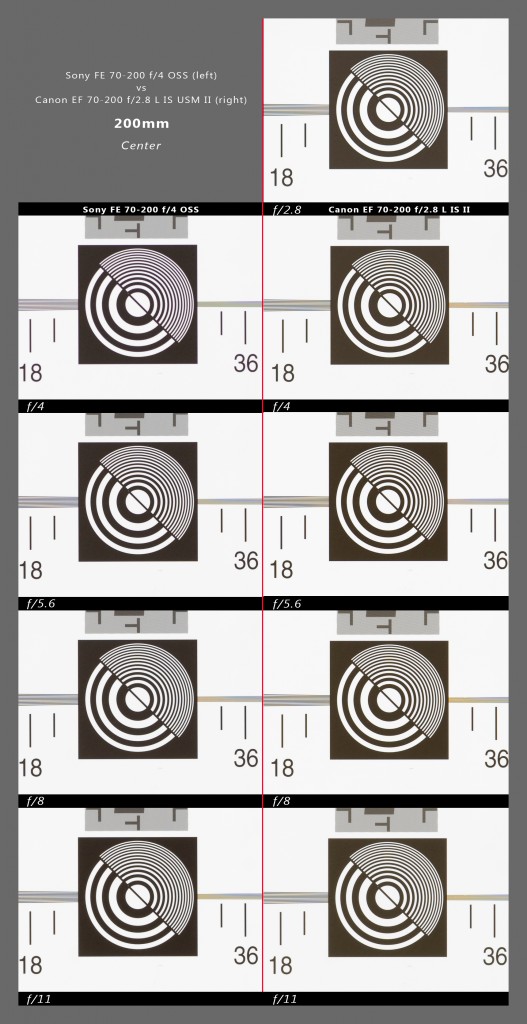
Sony FE 70-200 f/4 G OSS vs Canon EF 70-200 f/2.8 L IS USM II. Camera Sony A7. 100% crops from the center – ISO 12333 professional chart. FL 200mm (approx.)
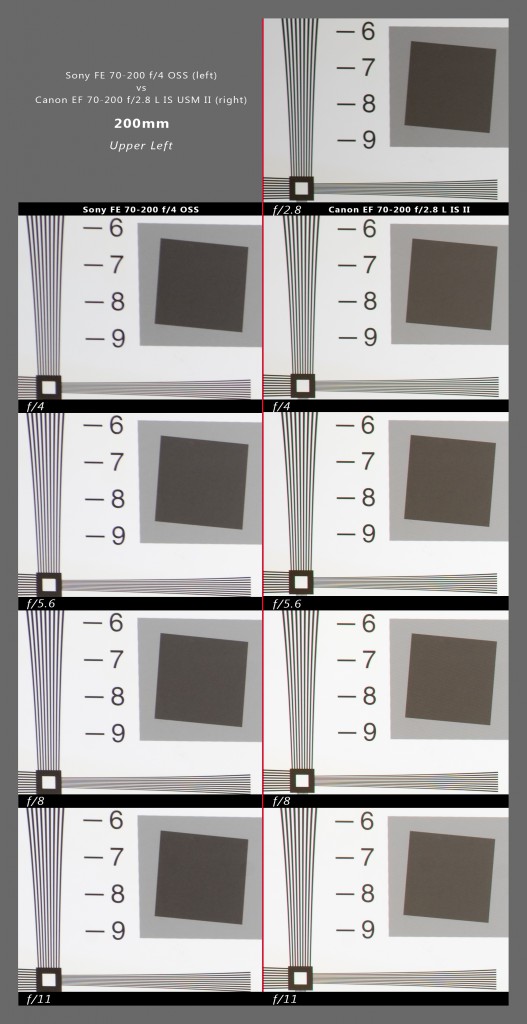
Sony FE 70-200 f/4 G OSS vs Canon EF 70-200 f/2.8 L IS USM II. Camera Sony A7. 100% crops from the upper left corner – ISO 12333 professional chart. FL 200mm (approx.)
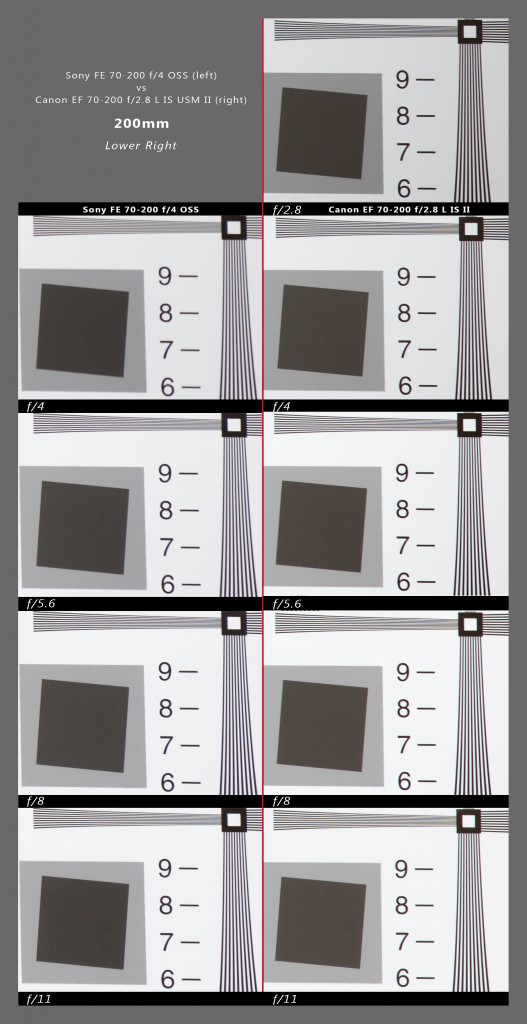
Sony FE 70-200 f/4 G OSS vs Canon EF 70-200 f/2.8 L IS USM II. Camera Sony A7. 100% crops from the lower right corner – ISO 12333 professional chart. FL 200mm (approx.)
At this short distance, it seems that 200mm is the weakest FL for FE 70-200 f/4 G OSS. But as with all other FL, with increasing distance from subject, lens starts to outperform Canon in the corners, leaving it edge only in the center sharpness.
Already at medium (portrait) distance, FE 70-200 f/4 OSS shows improvement.
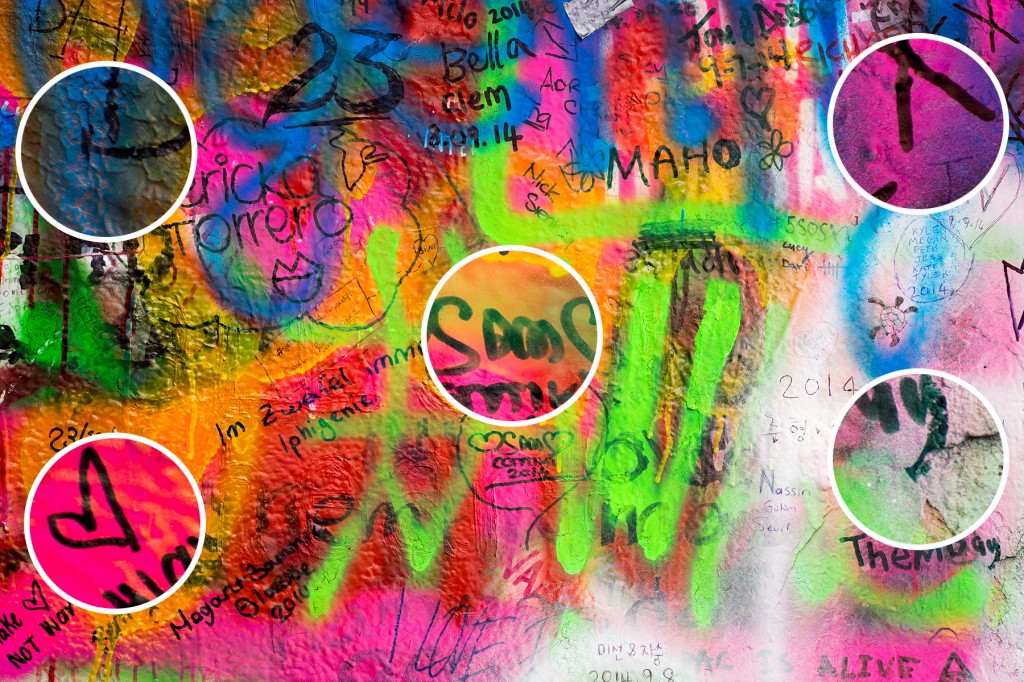
Sony FE 70-200 f/4 G OSS. Camera Sony A7. Flat subject is approx. 2.5m from the camera. In the circles you can see respective 100% crops at f/4. FL approx. 200mm
While Canon is a little bit better, we’ll have to pixel peep to see that difference.
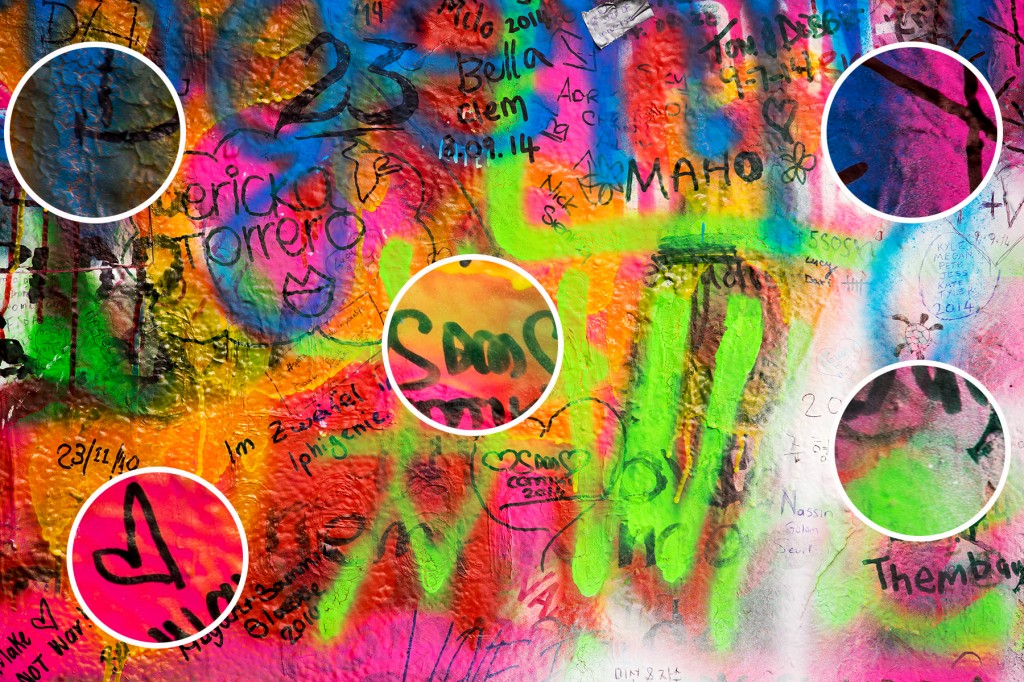
Canon EF 70-200 f/2.8 L IS II USM. Camera Sony A7 + Metabones Smart Adapter III. Flat subject is approx. 2.5m from the camera. In the circles you can see respective 100% crops at f/4. FL approx. 200mm
I post processed those files a bit, but didn’t increase sharpness or crop them. I just wanted to make those dull colors from straight RAW conversion more appealing, so that you can have better idea about real life lens potential.
When we move to the near to infinity focus distances, Sony deliver uniform sharpness across the frame already at f/4, while Canon, being still sharper in the center, shows significant smearing in the corners.
Take a look at following comparison from Lightroom 5.6. On the left is Sony FE 70-200, on the right – Canon EF 70-200 f/2.8 II.
In the center at f/4 Canon has the slight edge
But closer to the edges, Sony takes a lead
At f/8, Canon improves on corner too, but Sony catches up in the center, so images are almost indistinguishable.
At 200mm Sony FE 70-200 f/4 G OSS shows weakest performance (at least my sample does), but lens is still very good for anything that comes up to my mind in terms of resolution across the frame. At f/8 e.g., there is nothing that landscape photographer like me should complain about in terms of resolution or micro and global contrast. Modern lens with very good aberration corrections, being those optical (mainly) or software related.
Here is the shot above at f/8, with a minor post processing that I would anyway go through, for your closer examination. (Sorry for the bad weather and boring subject, but those roofs are good patterns to check resolution.)
Some friends asked my why I haven’t used Sony A7r instead of A7 for testing. If you have been reading my Sony A7 and A7r reviews – http://www.verybiglobo.com/sony-alpha-a7-ilce-7-and-sony-alpha-a7r-ilce-7r-part-9-finalshowdown/, you would notice my concern about Sony A7r shutter shock. Whenever I mention this problem on a related Sony forum, I usually ends up being beaten by Sony fan-boys and accused of being paid agent of Canikon or m4/3.
I really don’t want to fall back into discussion about this phenomenon, but it does manifest with Sony FE 70-200 f/4 G OSS, which is very unfortunate. In the following crops you can see comparison between A7r (left) and A7 (right) 100% crops from the focus area. In the top row, there are simple 100% crops from the original files. In the bottom row, I downsized A7r file to the size of A7 (6000x4000px). While blur is less visible in the downsized sample, it is still there and it completely discard the resolution advantage.
Both shots were taken from tripod and because light slightly changed in between, Sony A7r had even the advantage of double shutter speed – 1/200s vs 1/100s.
I have heard and read many opinions about shutter shock being visible only in extreme conditions, with third party tele-lenses, in the range between 1/60 and 1/125s, in portrait orientation etc. Well, this is in landscape orientation at 1/200s, with a Sony native lens and please take a close look at the result.
Whatever you want to believe, those are not files X, those are real results at the common shutter speeds that one would probably use often with this lens. At 1/100s situation is even worse
(Left A7, right A7R, both at f/16 and 1/100s)
I experienced motion blur with A7r with almost all lenses that I tried and at very wide range of shutter speeds. This is as serious issue as it only can be, and I don’t understand why fan-boys are denying it, making Sony feel comfortable instead of looking for at least partial solution. If the solution is meant to be A7r II, who will pay for our investment in the A7r and loss for a switch?
Sony A7r with FE 70-2000 f/4 G OSS shows also much more pronounced light fall off (at all FL) wide open.
Taking all that in consideration, I can’t use Sony A7r for lens testing purpose, and unless I put tons of extra weight on the A7r, I can’t really use that camera for anything landscape related, at least with the lenses longer than 50mm (but I experienced shutter shock induced blur also with FE 35/2.8) Such a shame, because 36 mpx without AA in such a small body are incredible achievement.
Getting back to IQ, at 200mm, Sony FE 70-200 f/4 G OSS shows some pincushion distortion, probably little bit more than I would expect. This is however quite typical for lenses with low field curvature.
Proceeding further in the review, let’s take a look at flaring resistance.
Sun is just above the roof.
1. Everything seems to be OK.
2. Or not?
While in the first shot, with a sun in the frame, flare is well under control, if you move just a little bit, impressive green lantern will brighten up, making Hollywood SFX specialists looking like amateurs.
Hmm… I will have to examine this behavior more in detail and I should also try A6000 or even that A7r to see, if this strong flare has something to do with A7 sensor that seems to be more reflective than usual. In general, lens handles flare nicely when you get the light source in right angle, without blobs and without contrast loss, but if you don’t pay attention on that exact angle… (Before you ask, I don’t use protective or UV filters. Not now, not ever).
Conclusion (mainly resolution wise):
Sony FE 70-200 f/4 G OSS, is a typical modern lens, with good but most importantly even sharpness from wide open.It is strongest at 100-135mm range, and weaker at maximum FL. Sharpness doesn’t improve much with stopping lens down, but corners are getting sharper and the peak performance was as usual between f/5.6 and f/8 (on FF).
As every lens though, modern or legacy, it does have some issues. Center sharpness could be higher, especially for those who would consider to use lens at short or medium distances. Absolute sharpness is however, not so important for portraits, while sport photographers will probably shot at larger distances, where the lens deliver very good to excellent resolution across the frame.
Distortion is a little bit more pronounced that I expected, especially at 200mm, but it shouldn’t be a problem to correct it. On A7r, there is more pronounced shutter shock induced blur, at least when lens is used from tripod without OSS. I would like to be able to say if shutter shock also occur with hand-held lens, but I can’t, because I don’t see how to differ from regular hand shake, shutter blur, or shutter shock that cause hands to shake. This is not a problem of the lens, but of you know who…
It’s early to talk about flaring, but results above looks a bit scary, so we’ll see.
In the next part of the review, I will take a look at Bokeh and CA.
Meanwhile, here are few shots with Sony A6000, for which lens seems to be almost perfect match. (I will write more about it in the next parts).
You can read fourth and final part of the review here – http://www.verybiglobo.com/sony-fe-70-200-f4-g-oss-lens-review-part-4-final-word/
Please help support this page and upcomming reviews and buy through affiliate links, with no extra cost for you:
Buy on BHPhoto: FE 70-200mm f/4.0 G OSS Lens
Buy on Amazon: FE 70-200mm f/4.0 G OSS Lens
To help this page survive, your donation will be highly appreciated.
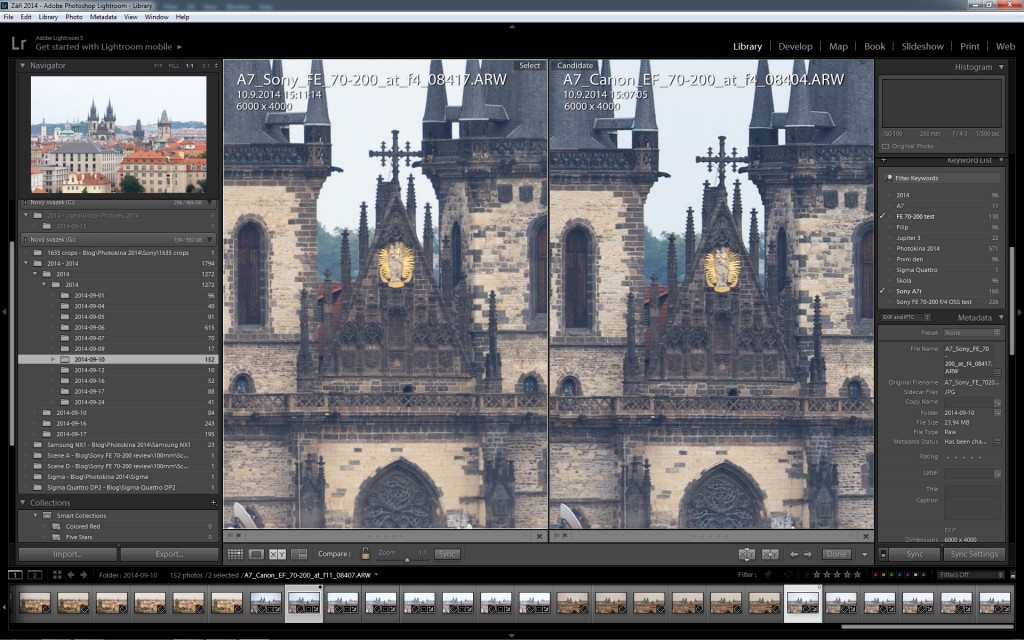
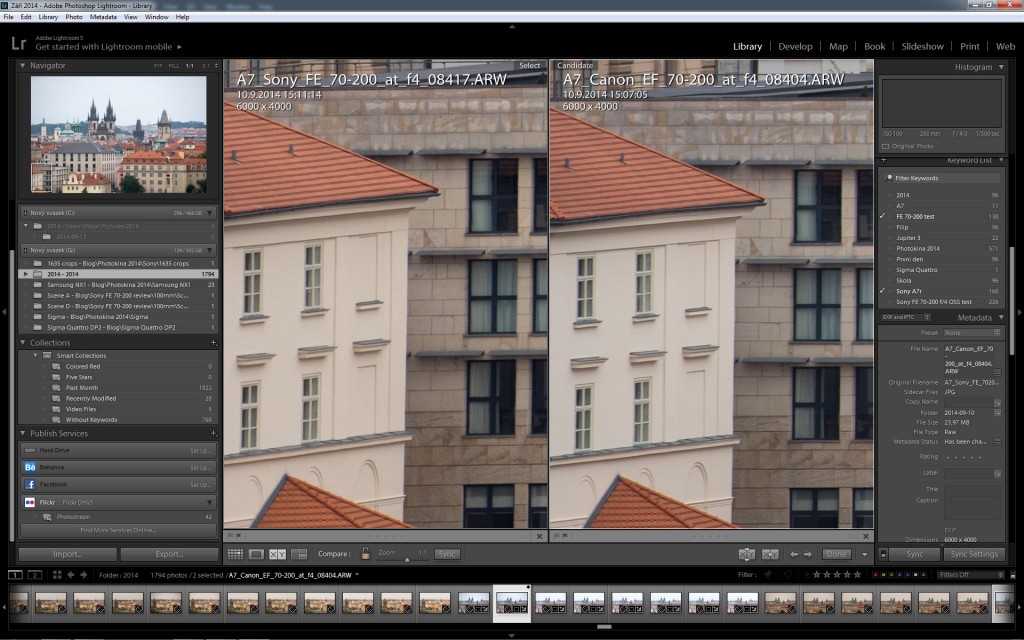
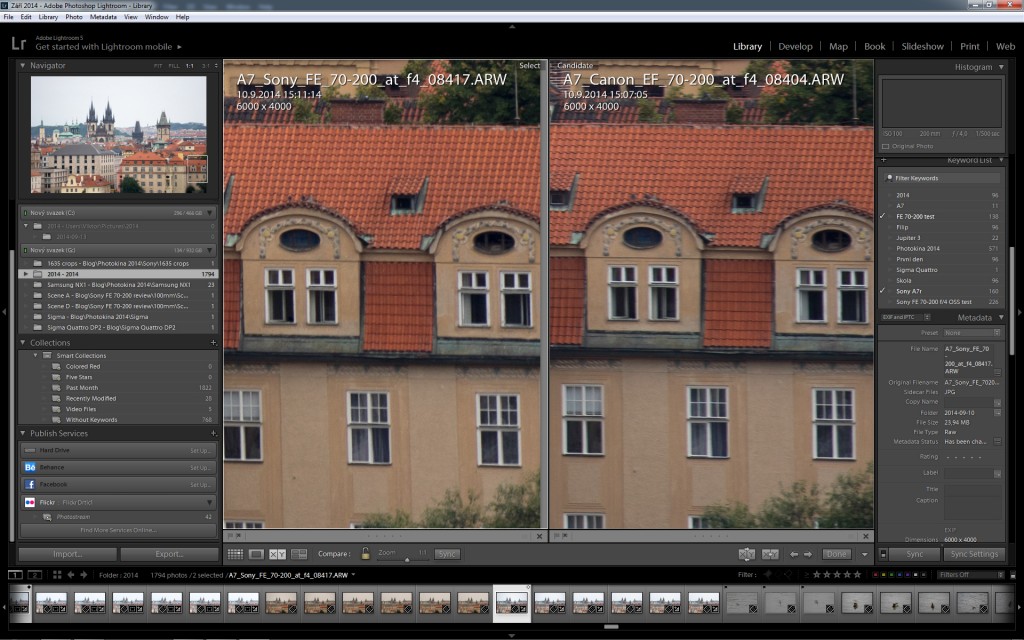
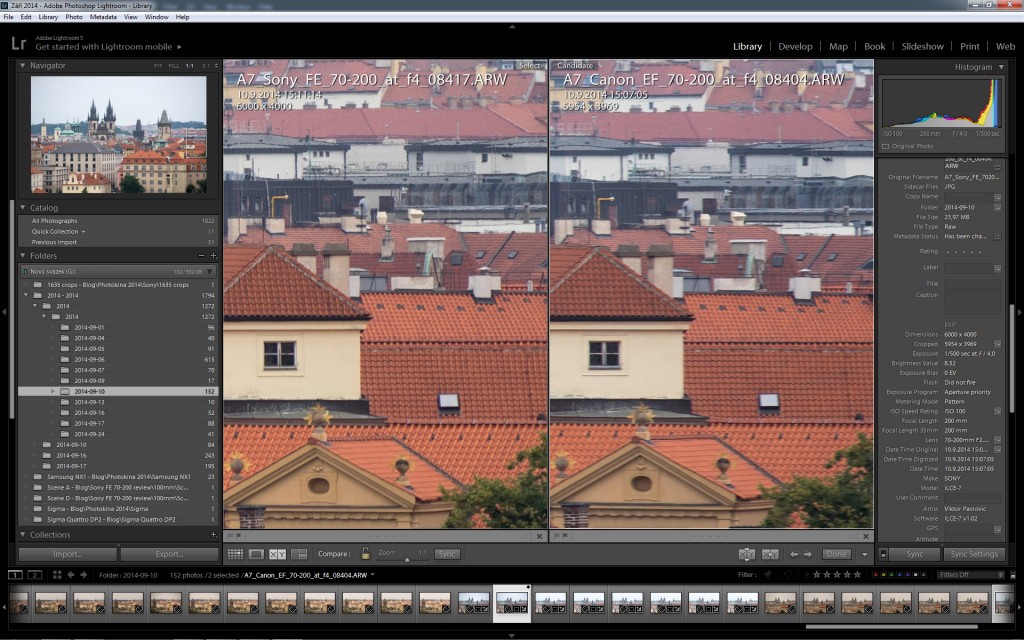
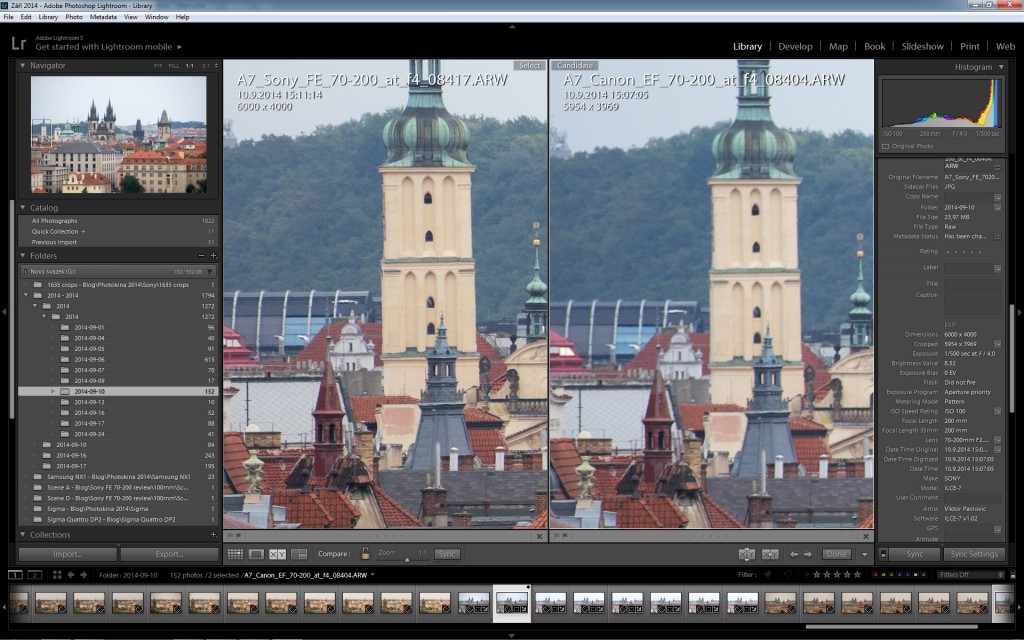

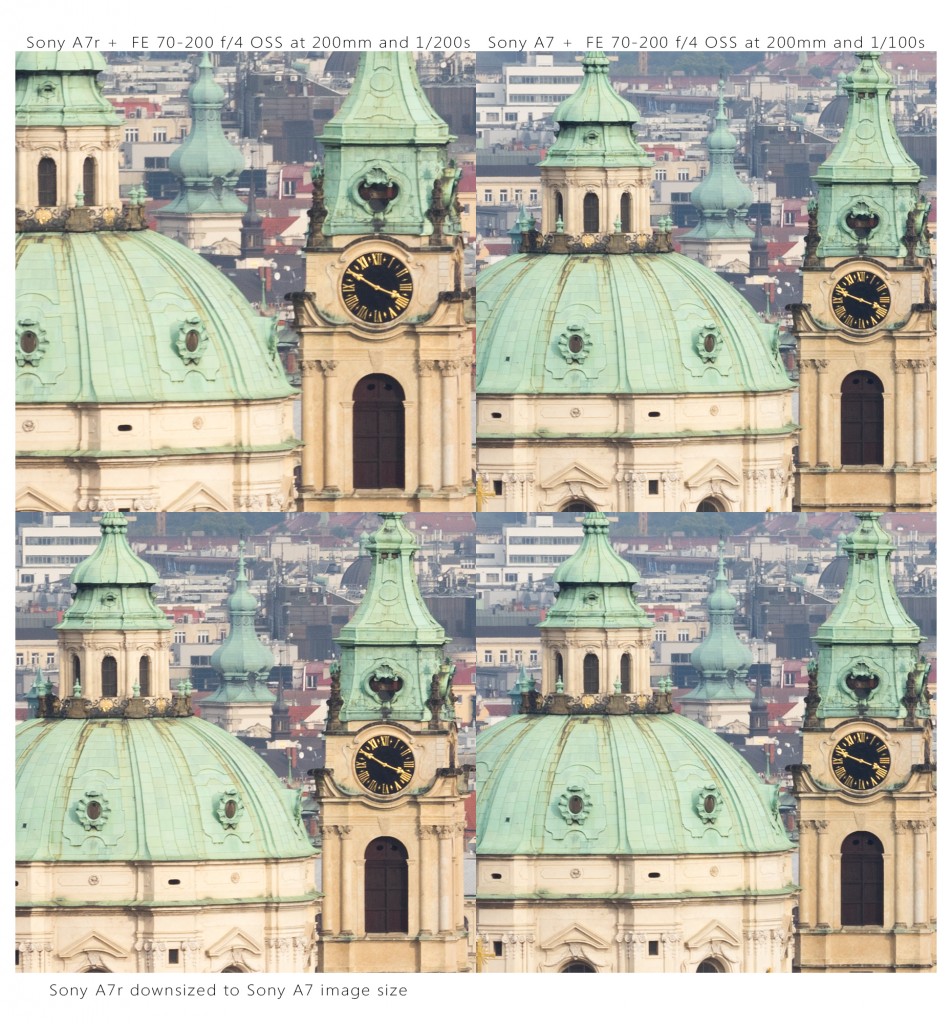
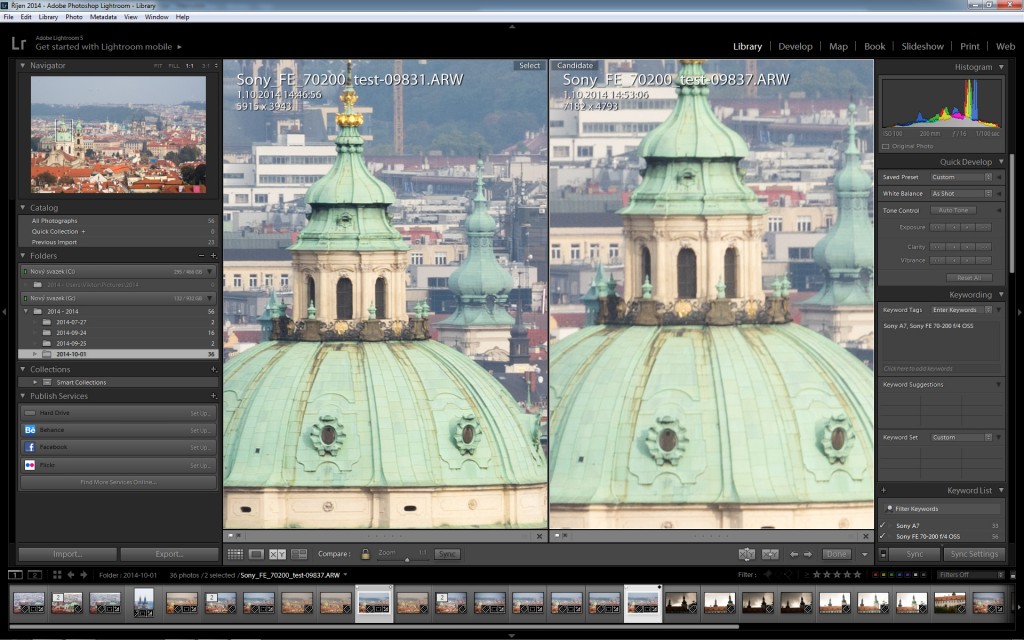


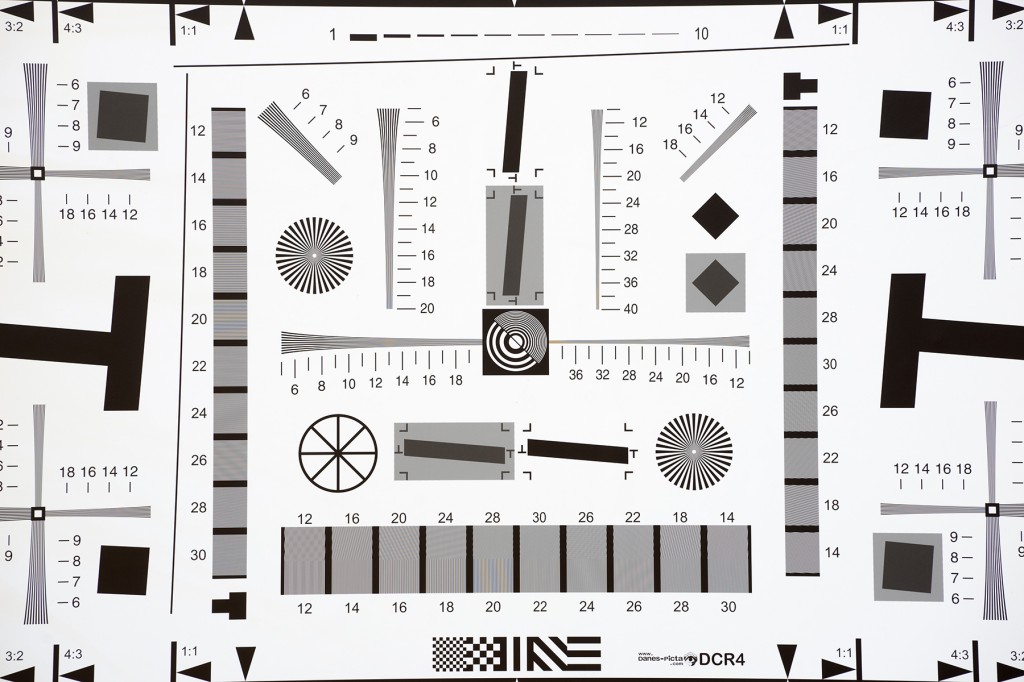





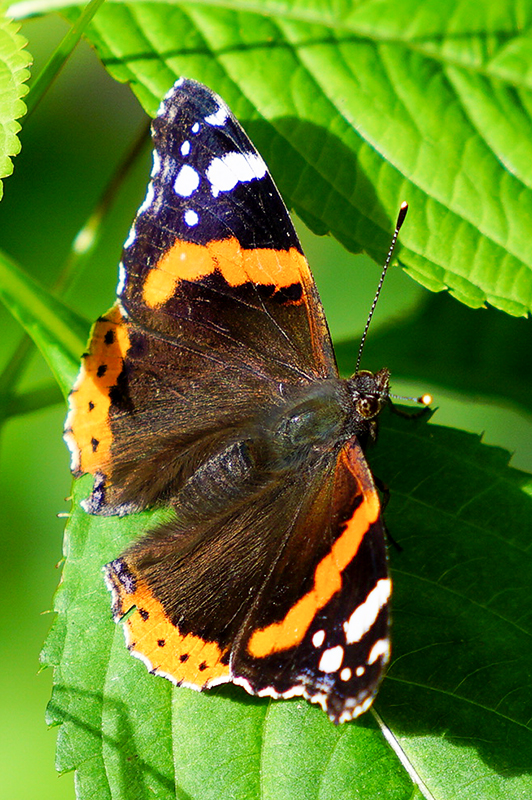

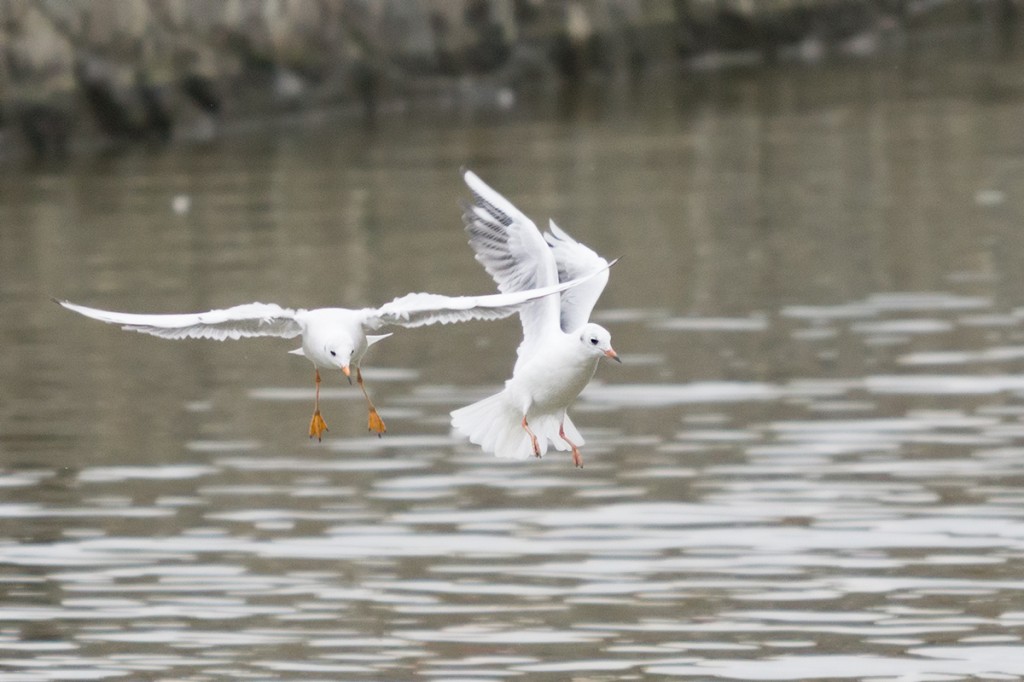
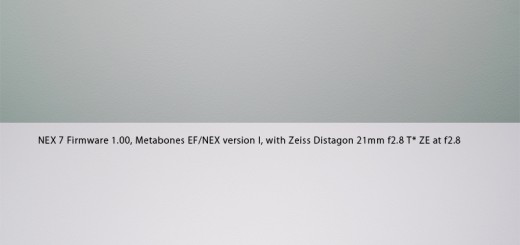
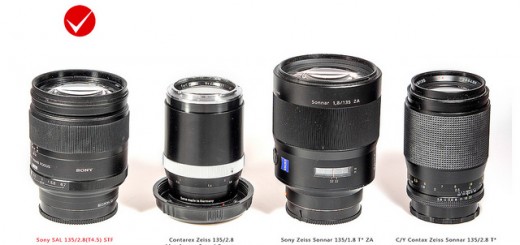
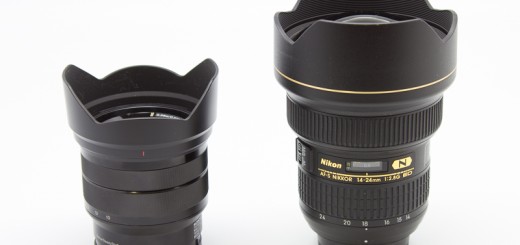











Really nice choice on upgrading the site, Viktor. Much nicer than blogger.
Anyway, this lens doesn’t look too bad at all—the issue seems to be with the A7R. I very much enjoy mine, but do wonder if the A7S would be worth the financial hit? Probably not…?
I must say that my experience with shutter shock is minimal (I try not to look for it, however). I like the images I can get out of these cameras very much.
Hi Martin, nice to see you here. I am just running my first photo workshop in Prague and one of the participants has Sony A7s. Very nice guy and very nice camera, but for my use, 12 mpx is a bit too low. I think that it could be great purpose camera for low light situations , 4K video, silent shooting etc. but probably not the main camera for landscapers.
Regards,
Viktor
I don’t have a decent, long focal-length lens for my A7R, yet. I have been uhming and ahing about this lens ever since it came out. It’s not cheap, but if it’s as good as the Canon 70-200/4 then it should be good enough for me. OSS would definitely help with long-range landscape shots….
Hmmm 🙂
Hi Martin,
main question is – how fast AF do you need, It’s not the lens, but system itself is still not capable of what I used to know from DSLRs. Optically, there is no reason not to like this lens, it is same (in practice) like Canon and just slight behind the Nikon (which is best of three in terms of resolution across the frame and wide open). For me, it is great landscape lens, but I would be even more happy if Sony gives us 1,4x and 2x TC.
Cheers,
Viktor
Hello,
I´m in the process of selling my Canon 70-200 IS F2.8 II and get the Sony 70-200 F4, the main reason is weight, the canon is weight is killing me, compared to my other FE lens :).
I come across with your review 🙂
I use the lens mainly for landscape work and more on the far end of the FL, in your review you said that the 200mm its the weakest FL, compared to the Canon and using F8-F11 do you feel a big difference between the 2 lens? Can you give me on thought on this switch, I´m using a A7R2.
Thanks
João
Hi João,
I would encourage you to proceed with Sony FE 70-200/4. Even at 200mm, stopped down to f/8 it is sharp more than enough for landscape. Since that is the area where diffraction already affect sharpness, if you want to get “sharper look”, you can run the image through piccure+ and rest amazed with the result.
In the landscape situation, no one should be able to tell the difference in the sharpness between the two lenses, unless inspecting them at 100% (and even than, it will be hard to distinguish them).
Cheers,
Viktor
Thanks Victor 🙂